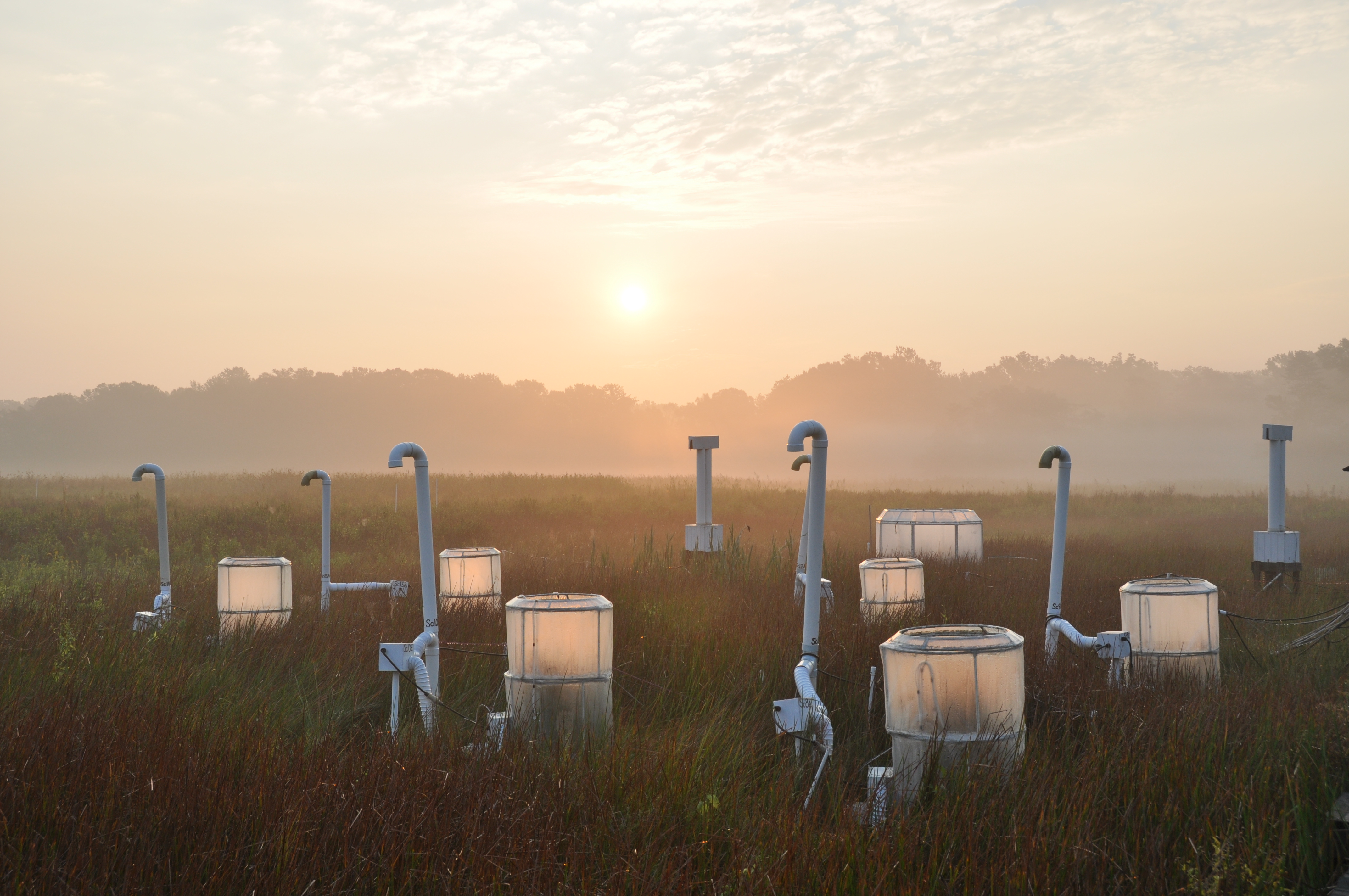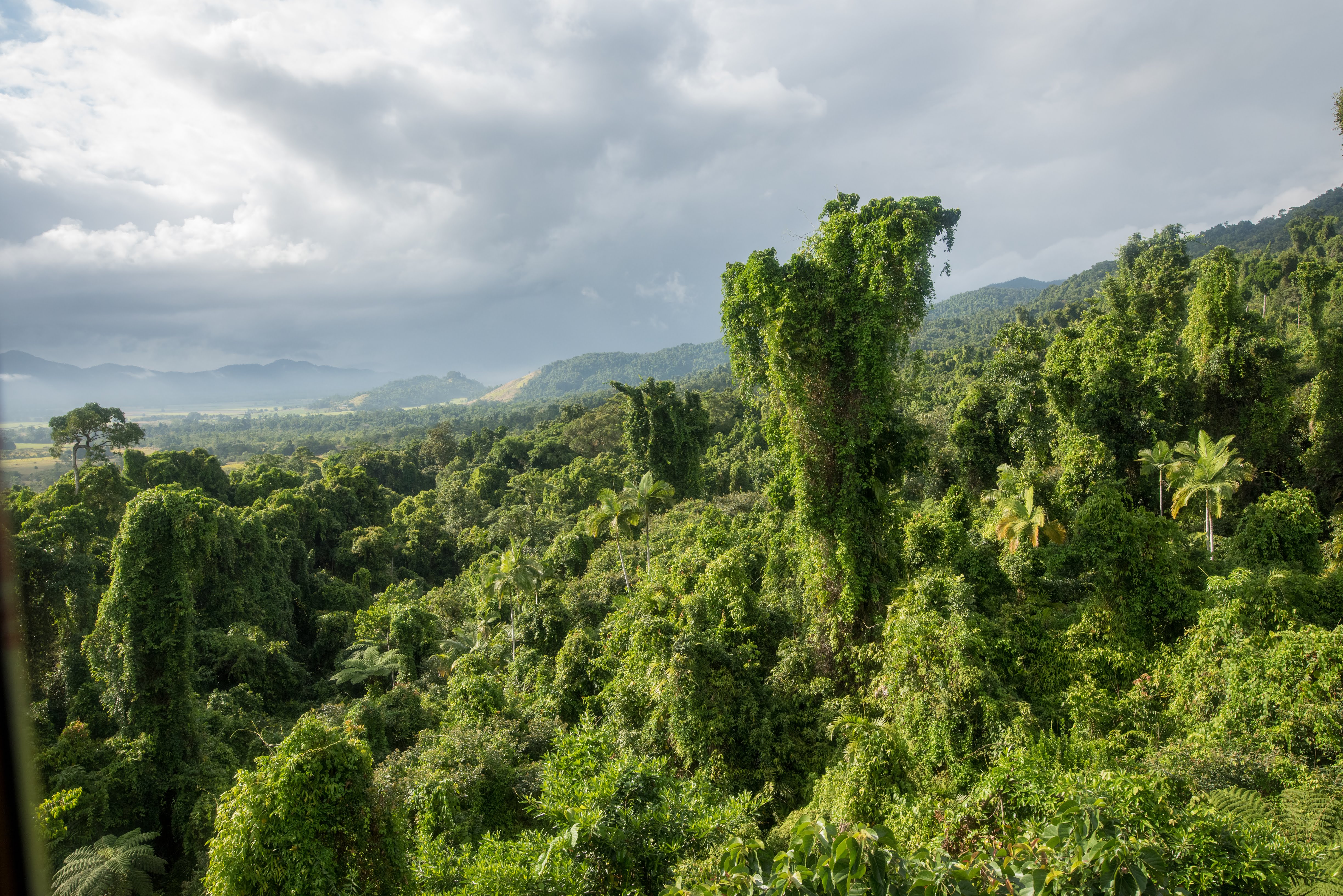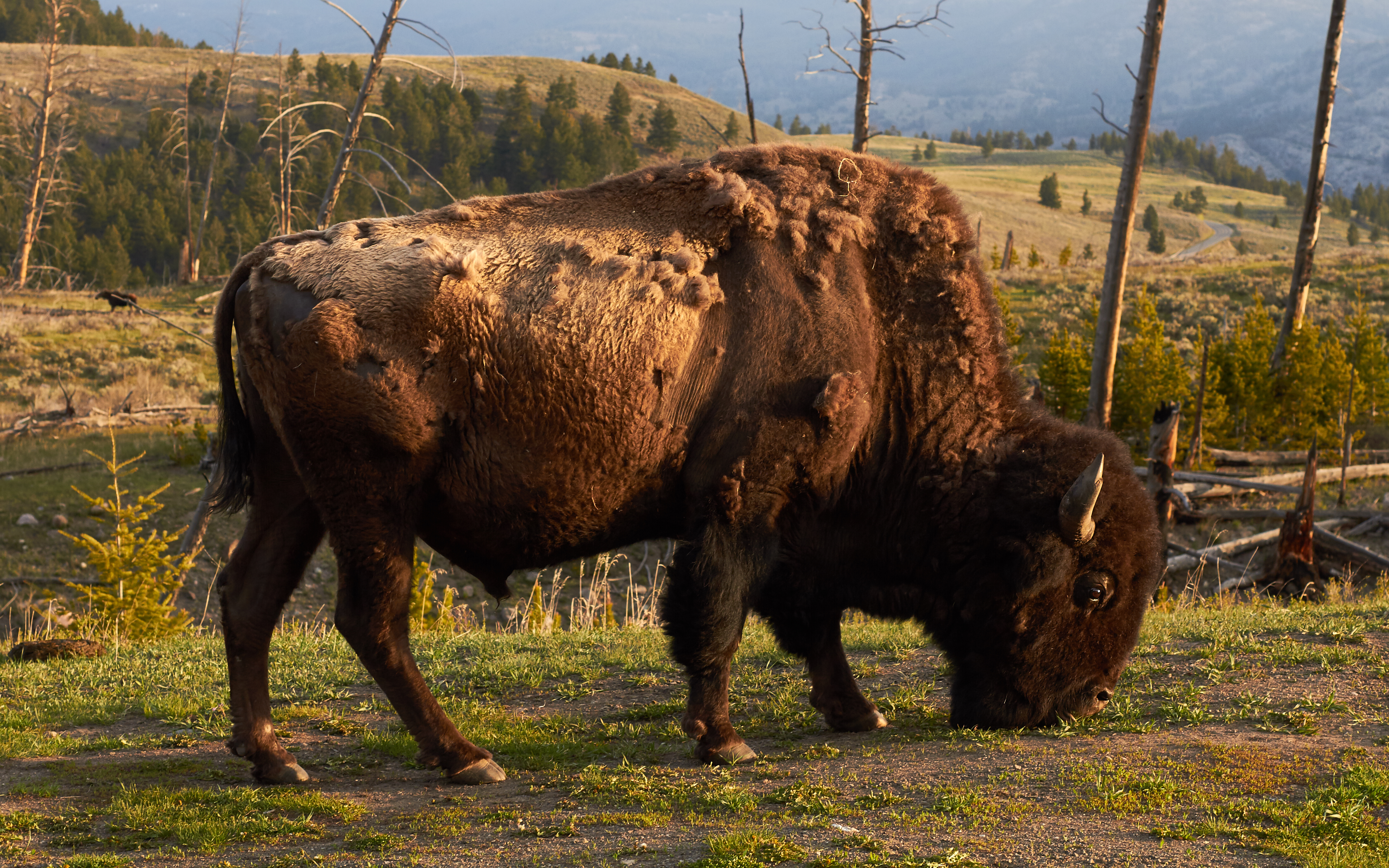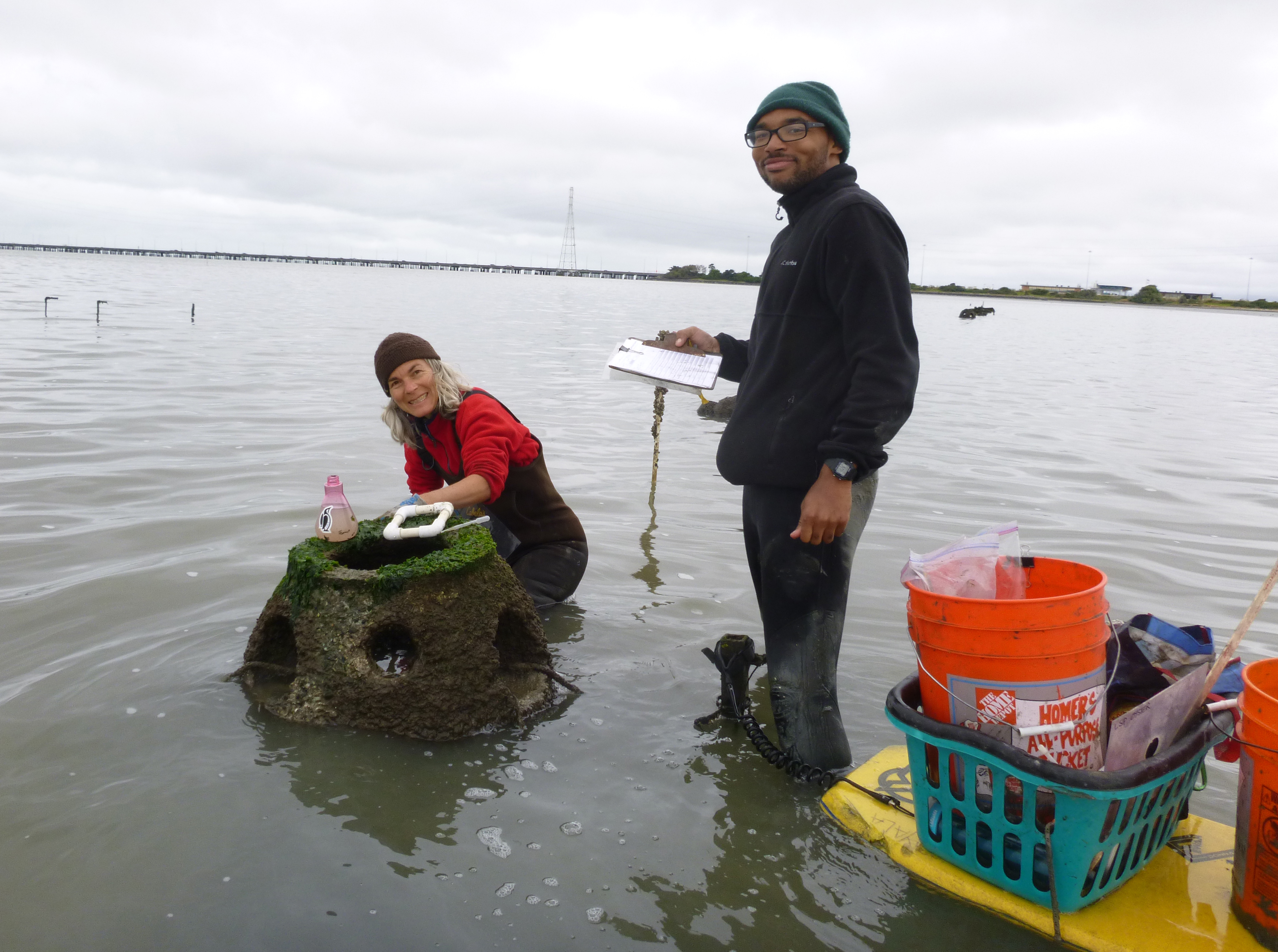Past Migration, Pleistocene Ice Ages Still Impact Size and Structure of Modern Eelgrass Communities
by Kristen Goodhue
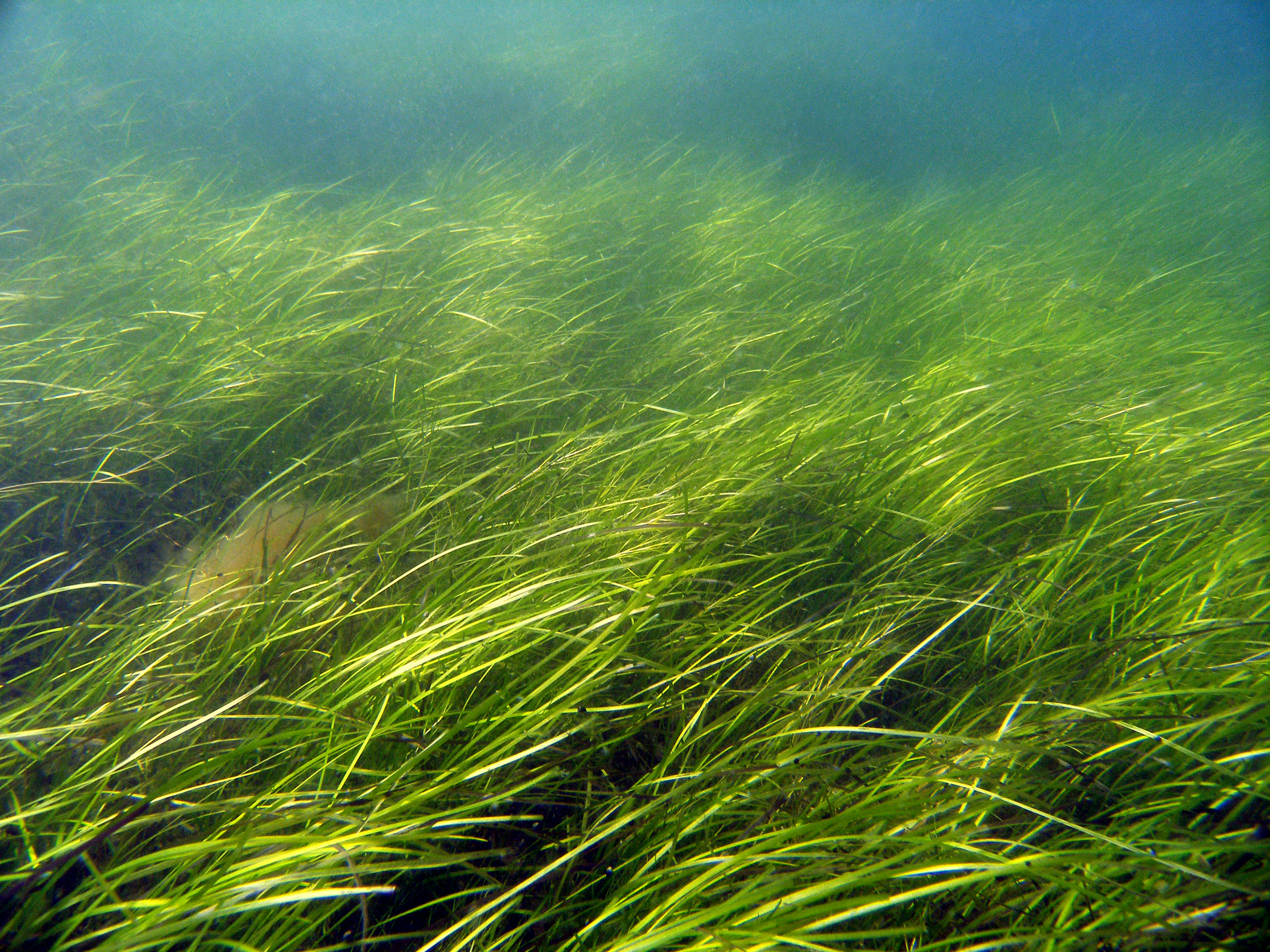
Deep evolution casts a longer shadow than previously thought, scientists report in a new paper published Aug. 1 in the Proceedings of the National Academy of Sciences. Smithsonian scientists and colleagues looked at eelgrass communities—the foundation of many coastal marine food webs along the north Atlantic and Pacific coasts—and discovered their ancient genetic history can play a stronger role than the present-day environment in determining their size, structure and who lives in them. And this could have implications for how well eelgrasses adapt to threats like climate change.
About a half-million years ago, when the world was warmer, some eelgrasses made the difficult journey from their homes in the Pacific to the Atlantic. Not all the plants were hardy enough to make the journey across the Arctic. For those that succeeded, a series of ice ages during the Pleistocene Epoch further affected how far they could spread. Those millennia-old struggles left lasting signatures in their DNA. Even today, eelgrass populations in the Atlantic are far less genetically diverse than those in the Pacific.
Still, in the classic “nature versus nurture” debate, scientists were stunned to discover that genetic legacy sometimes does more to shape modern eelgrass communities than the current environment.
Click to continue »


